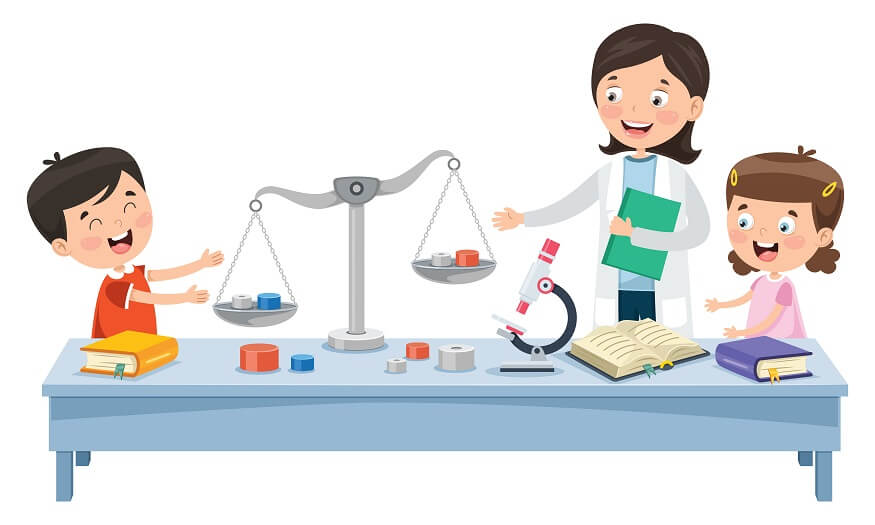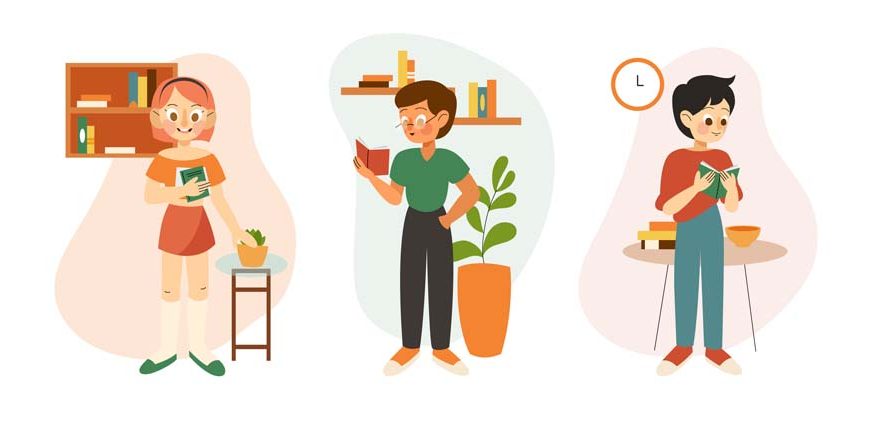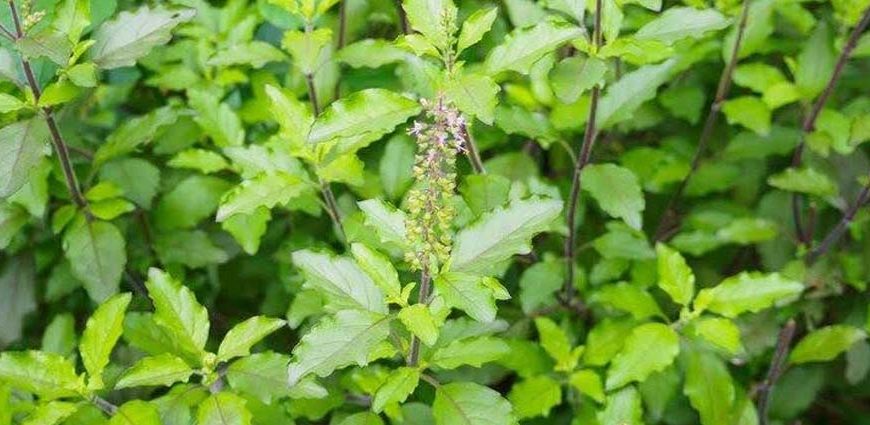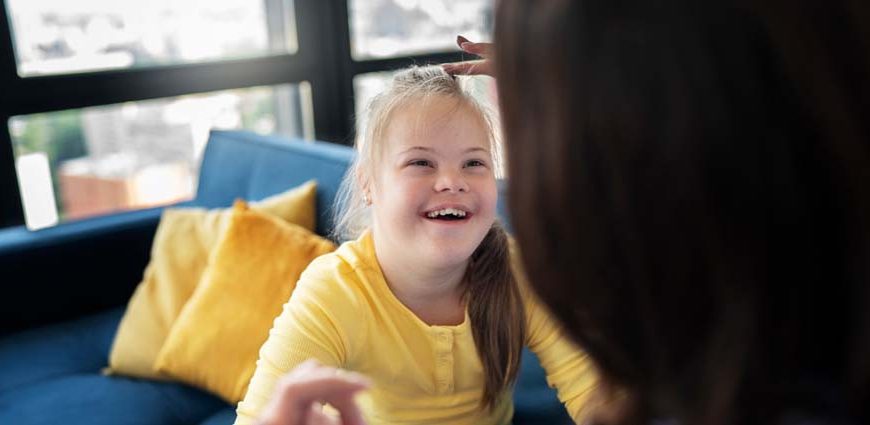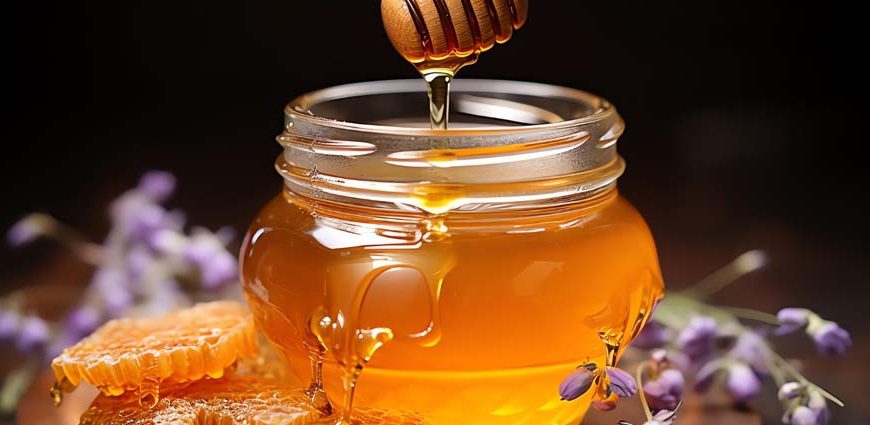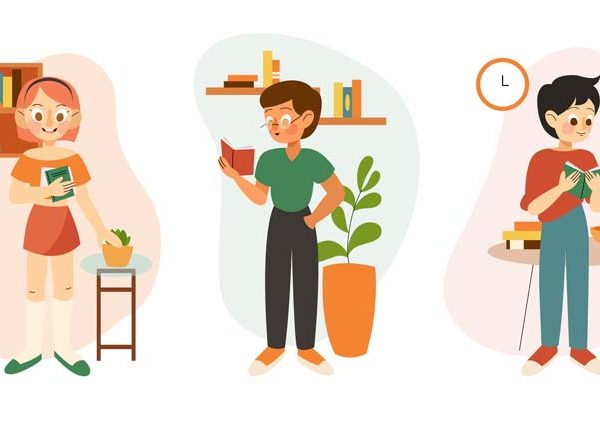Engaging Science Projects for Toddlers
There is no better method to foster a child’s curiosity than via interesting scientific activities because inquisitive brains start developing at a young age. Toddlers become the ideal subjects for easy and engaging scientific investigations due to their limitless energy and enthusiasm for their surroundings. Home science projects offer a fun-filled educational experience and establish the groundwork for a love of learning that lasts a lifetime. We’ll look at a variety of scientific activities in this blog that are appropriate for toddlers between the ages of 2 and 3. We urge parents and guardians to participate in the fun and educational process, therefore, these experiments are made to be simple, simple, and most importantly, safe.
Most likely, you’re seeking do-at-home scientific projects for kids that are interactive. You can perform literally dozens of basic STEM exercises and experiments at home using supplies you already own. The time required to complete these simple STEM exercises and scientific projects is around 30 minutes. Each of them uses simple household items like food colouring, dish soap, ice cubes, paper towels, white vinegar, rubber bands, vegetable oil, and baking soda. They also impart elementary scientific ideas that will be useful to your children for generations to come in the classroom. They also impart elementary scientific concepts that will be useful to your children for ages in the classroom.
- The Magic of Color-Changing Milk: One of the most fascinating scientific projects for young children uses the magic of milk that changes colour. Children are introduced to the concepts of surface tension and chemical reactions through this straightforward and aesthetically appealing experiment.
- A shallow dish or plate
- Whole milk
- Food colouring (assorted colours)
- Dishwashing liquid
- Cotton swabs
- Pour whole milk into the shallow dish, filling it up about halfway.
- Add a few drops of different-coloured food colouring to the milk, spacing them out.
- Dip a cotton swab into the dishwashing liquid.
- Gently touch the cotton swab’s tip to the milk’s centre and watch in awe as the colours swirl and dance.
- The Dancing Raisins: Be prepared to watch some raisins dance! The dancing raisins experiment is a fun approach to teach kids about buoyancy and the characteristics of gas.
- A clear glass or jar
- Raisins
- Carbonated water (soda water)
- Fill the glass or jar with carbonated water.
- Drop a few raisins into the glass and watch them dance and sink before rising again.
- Fizzy Balloons: When vinegar and baking soda are combined, a bubbly reaction occurs that is guaranteed to fascinate toddlers. This project teaches Children about chemical processes and how carbon dioxide gas is produced.
- Balloons (clear or light-coloured ones work best)
- Funnel
- Baking soda
- Vinegar
- Connect the funnel to the balloon’s aperture.
- Put a spoonful of baking soda into the balloon using the funnel.
- Pour vinegar into a bottle, filling it about one-third of the way.
- To prevent baking soda from spilling into the bottle too soon, carefully expand the balloon opening over the mouth of the bottle.
- Watch the balloon inflate as carbon dioxide gas is created by lifting the balloon and letting the baking soda fall into the vinegar.
- Magnetic Sensation: With this fascinating experiment, you can encourage your kids to learn about the power of magnets. Toddlers can learn fundamental scientific concepts, including the idea of attraction and repulsion, by being exposed to magnets.
- Various magnets, such as refrigerator, horseshoe, and bar magnets
- Paperclips, wooden blocks, plastic toys, etc., are examples of many items.
- Put the toddler’s reachable items and the magnets on a table.
- Encourage the youngster to pick up the various items and investigate how the magnets affect them.
- Rainbow Rain: Toddlers will learn about the wonders of physics, surface tension, and the interactions between water and other substances via this exciting experiment.
- A shallow dish or plate
- Milk
- Liquid food colouring (red, blue, yellow)
- Just enough milk should be added to the small dish to cover the bottom.
- Add one drop of each food colouring (red, blue, and yellow) to the milk, spacing them out.
- Gently insert a cotton swab into the centre of a food colouring drop.
- Watch in amazement as the colours interact and spread across the milk’s surface, creating a mesmerising rainbow effect.
Materials needed:
Procedure:
Explanation:
Dishwashing liquid lowers the milk’s surface tension, allowing the fat molecules to migrate and distribute the food colouring throughout the milk. The blending of the colours results in an amazing spectacle. Parents may use this scientific project as an excellent chance to explain fundamental ideas to their young children, such as surface tension and chemical reactions.
Materials needed:
Procedure:
Explanation:
The rough surface of the raisins attracts the bubbles in the carbonated water. The bubbles carry up the raisins as they ascend to the surface. The raisins sink back down when the bubbles at the surface explode, repeating the process and giving the appearance of ‘dancing’ raisins.
Materials needed:
Procedure:
Explanation:
Carbon dioxide gas is one of the byproducts of the reaction between vinegar (acetic acid) and baking soda (sodium bicarbonate). The balloon is filled with gas, which causes it to expand. Toddlers will benefit significantly from learning about chemical reactions and gas generation via the use of this straightforward yet enjoyable experiment.
Materials needed:
Procedure:
Explanation:
Magnets have the unusual capacity to draw metals like iron and steel. As they learn which things are impacted by the magnets and which ones are not, toddlers may participate in this experiment and see the mysterious force of attraction. Parents can take advantage of this chance to easily and jokingly explain magnetism’s fundamental principles.
Materials needed:
Procedure:
Explanation:
Surface tension is lowered as a result of the dish soap’s interaction with the fat molecules in the milk. The food colouring moves and disperses due to the change in surface tension, producing mesmerising rainbow patterns. Parents may engage in colourful enjoyment with their children while explaining the idea of surface tension through this scientific experiment.
A wonderful method to pique infants’ interest and foster a lifetime love of learning is introducing them to science via simple, entertaining projects at home. For kids ages 2 to 3, the scientific projects on the above list are ideal since they are made to be secure, enjoyable, and informative. Actively participating in these activities with your child as parents or guardians improves the experience and deepens your relationship with them.
We can cultivate a feeling of surprise and curiosity in young children that may develop into a lifetime love of learning and discovery by letting them playfully explore the wonders of science. Why then wait? Today, prepare the supplies, set up the experiments, and take your child on an exciting study of science. The greatest method to educate is by example, and curiosity is ageless when it comes to learning. Enjoy your experiments!

